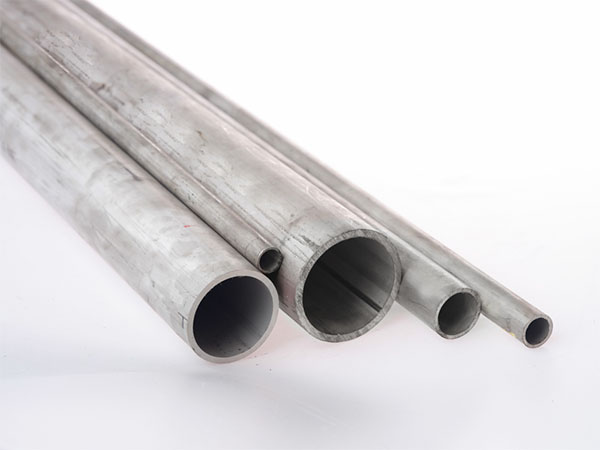316 stainless steel pipe is a typical austenitic
stainless steel pipe. Due to its molybdenum (Mo) content, it has excellent resistance to pitting and crevice corrosion, and also features good plasticity and weldability. It is widely used in chemical engineering, pharmaceuticals, food, Marine and high-temperature equipment.
316 stainless steel pipes come in various derivative grades such as 316, 316L, 316H, and 316Ti, which can meet different carbon content and high-temperature performance requirements. Its manufacturing processes include seamless, welded (ERW) and heavy cold working, which comply with international standards such as ASTM A312/ASME SA312 and EN10216-5. TIG/MIG processes are often used in welding, along with low-carbon or nitrogen-containing filler materials. Moreover, back protection (Purging) for weld penetration must be adopted to ensure the quality of the weld seam.

C
hemical composition and classification
1. Chemical composition
Carbon (C) : ≤0.08 % (316L≤0.03 %)
Chromium: 16.0-18.0 %
Nickel (Ni) : 10.0-14.0 %
Molybdenum (Mo) : 2.0-3.0 %, significantly improves resistance to pitting and crevice corrosion
Manganese (Mn) : ≤2.0 %; Silicon (Si) ≤0.75 %; Phosphorus (P) ≤0.045 %; Sulfur (S) ≤0.030 %; Nitrogen (N) ≤0.10
Iron (Fe) : Surplus
2. Classification and Derivative grades
316: Standard grade, with a good balance of corrosion resistance and strength;
316L: Low carbon type (C≤0.03 %), reduced tendency of welding sensitization, commonly used in chemical and medical implant devices;
316H: High carbon type (C0.04-0.08 %), with higher creep strength at high temperatures;
316Ti/316Cb: By adding titanium (Ti) or niobium (Cb) to stabilize carbides, the high-temperature creep resistance and intergranular corrosion resistance are improved.
Mechanical performance
Tensile strength: ≥515 MPa; Yield strength: ≥205 MPa; Elongation: ≥40 %; Brinell hardness ≤217 HB
Physical properties
Density: 8.03 g/cm³
Melting range: 1390-1440 °C
Elastic modulus: 200 GPa; Shear modulus: 82 GPa
Coefficient of linear expansion: 16.5×10⁻⁶ /°C at 20-100 °C
Thermal conductivity: 14.6 W/m·K at 20 °C
Resistivity (20 °C) : 29.1 µΩ·cm
Common standards and dimensions
ASTM A312/ASME SA312: Covering seamless and welded pipes such as TP316/TP316L, nominal diameters ranging from 1/8 "to 24" (welded pipes can reach 48 "), and wall thicknesses in accordance with ASME B36.10M/B36.19M (Sch 5S - Sch 160, STD, XS, XXS);
En10216-5 (Europe) : Corresponding to WNR 1.4401;
JIS G3459 (Japan)
Common lengths: 6 m, 12 m, 20 '(6.096 m), 40' (12.19 m), etc.
Common applications of 316 stainless steel pipes
Chemical industry: Chemical vessels, pressure vessels, industrial equipment.
Water treatment: Woven or welded screens used for water filtration.
Pulp and paper: Used in paper machines to prevent iron contamination.
Automobiles: Threaded fasteners, springs and furnace components.
Medical care: Medical devices and orthopedic implants.
Dentistry: Dental implants, orthodontic appliances and various dental instruments.
Semiconductors: Semiconductor manufacturing equipment and cleanroom environments.
Food processing: Food preparation surfaces, equipment and utensils.
Aerospace: Aircraft structures, fasteners, turbine blades and exhaust systems.
